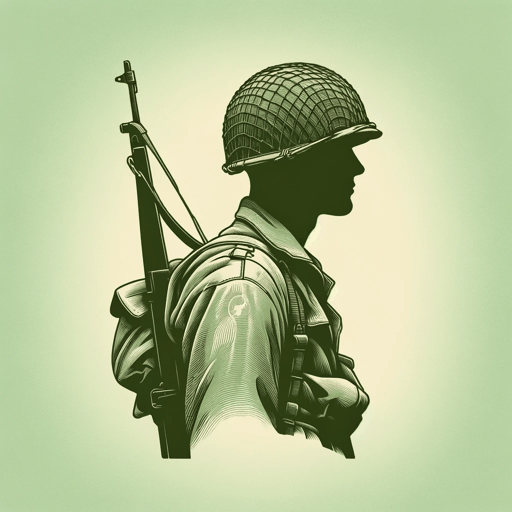62 pages • 2 hours read
Hampton SidesGhost Soldiers: The Epic Account of World War II's Greatest Rescue Mission
Nonfiction | Book | Adult | Published in 2001A modern alternative to SparkNotes and CliffsNotes, SuperSummary offers high-quality Study Guides with detailed chapter summaries and analysis of major themes, characters, and more.
Summary and Study Guide
Overview
Ghost Soldiers: The Epic Account of World War II’s Greatest Rescue Mission by American journalist and historian Hampton Sides tells the story of a daring rescue raid on the Japanese-controlled Cabanatuan Allied prisoner-of-war camp in the Philippines at the end of World War II. 121 US Rangers, Alamo Scouts, and hundreds of armed and unarmed Filipino guerillas successfully rescued over 500 remaining POWs on January 30, 1945. The book details the stories of the American POWs losing the Battle of Bataan, surviving the Bataan Death March in April 1942, and the extreme circumstances of the almost-three years of captivity at Cabanatuan.
At the same time, the author reveals the plan and execution of the rescue raid led by Colonel Henry Mucci and Captain Robert Prince and the guerilla leaders, Juan Pajota and Eduardo Joson. The rescue was necessitated by humanitarian, rather than strategic, reasons, such as the massacre of American POWs in Palawan a month prior. The 2005 Hollywood film, The Great Raid, was partially based on this book. Ghost Soldiers also covers the story of Claire Phillips, the subject of the 1951 film I Was an American Spy.
This guide uses the Kindle edition of the version published by Anchor in 2002.
Content Warning: The source text deals constantly with acts of violence, deprivation, psychological and physical torture, and other war crimes.
Summary
Ghost Soldiers follows the format of narrative history with two alternating, parallel “plots” that collide at the end of the book. The first narrative features the stories of Allied (primarily, American) prisoners of war—soldiers and civilians—in the Philippines during World War II. It covers the period of approximately three years between the American loss in the Battle of Bataan in the spring of 1942 and the POW liberation in January 1945.
The second narrative is the rescue raid carried out by American Rangers, Alamo Scouts, and the Filipino guerillas in January 1945. Due to the difference in time scales, the latter narrative is more detailed and, at times, told in a minute-by-minute fashion. The author also develops a “subplot” featuring Claire Phillips, an American spy in the Philippines. The rescue mission is so successful that it takes only 30 minutes, with two Rangers killed in action and two POW deaths from failing health.
The book is based on accepted World War II historiography as well as Hampton Sides’s own interviews of the participants. In addition to oral history, the author uses archival documents, prisoner memoirs, army records, and transcripts of other interviews. Considering the age of the veterans at the time of writing, preserving their memory of the war was one of the key tasks for the author.
The author focuses on several overarching themes, including Human Survival in Extreme Conditions, camaraderie among the POWs and the soldiers, the complex relationship between the Japanese, Americans, and Filipinos during World War II, and the social organization in the POW camps. These themes allow Sides to enhance the reader’s understanding beyond a simple narrative. Ghost Soldiers also periodically provides the necessary background historical information to situate the participant biographies and smaller-scale events in question.
Notably, the rescue of Cabanatuan POWs was a dangerous and successful humanitarian mission. However, it was not the only impressive feat either for the Americans or the Allies at large during World War II, as the subtitle suggests. For example, the raid on Los Baños in the Philippines a month later is another successful example. Nonetheless, Ghost Soldiers is an important contribution to the popular narrative history of World War II in the Asia-Pacific theater.
Related Titles
By Hampton Sides



